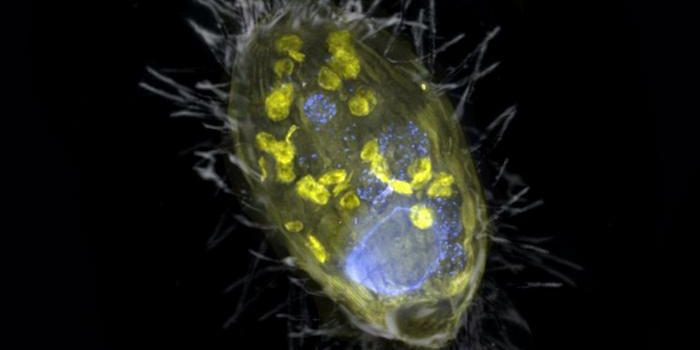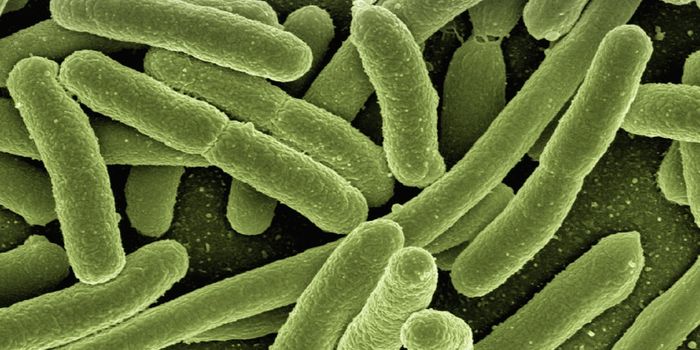Understanding How Giant Viruses Can Infect Cells
Melting permafrost has been revealing some remarkably well-preserved and extremely old stuff, like a prehistoric puppy and giant viruses. Researchers are trying to learn more about these giant viruses, which are changing what we know about microbes. The typical cold virus is about 30 nanometers in size, while giant viruses are over 300 nanometers. A critical question is whether they can infect cells, and new work reported in Cell suggests they can. While it's still unclear whether the ones we've found could get into human cells and what would happen once they got there, researchers are trying to learn more about the conditions that enable these viruses to enter a cell and cause infection.
"Giant viruses are gargantuan in size and complexity," said the principal study investigator Kristin Parent, associate professor of Biochemistry and Molecular Biology at Michigan State University (MSU). "The giant viruses recently discovered in Siberia retained the ability to infect after 30,000 years in permafrost."
Scientists at MSU have been able to develop a model for investigating giant viruses, which can clearly withstand very harsh conditions. The viral genomes in this study are encased in a structure called a capsid that often contains viral genomes, in the case of the six viruses studied in this work, it is an icosahedral-shaped capsid. The researchers looked at the structures the viruses could form during different stages of infection, which was challenging.
"Giant viruses are difficult to image due to their size and previous studies relied on finding the 'one-in-a-million' virus in the correct state of infection," Parent said.
The team had to subject the viruses to various treatments to mimic what they might encounter while trying to infect a cell, and used cryo-electron microscopy and scanning electron microscopy to visualize the viruses under different conditions. "Cryo-EM allows us to study viruses and protein structures at the atomic level and to capture them in action," Parent said.
The viruses use a process that applies a starfish-shaped seal and a portal called stargate to release its genome into a host cell. Low pH, high salt, and high temperature all induced the stargate opening, and each condition triggered a different stage of infection.
"We discovered that the starfish seal above the stargate portal slowly unzips while remaining attached to the capsid rather than simply releasing all at once," Parent explained. "Our description of a new giant virus genome release strategy signifies another paradigm shift in our understanding of virology. This new model now allows scientists to mimic the stages reliably and with high frequency, opening the door for future study and dramatically simplifying any studies aimed at the virus."
Researchers can also now learn more about the proteins encoded by viral genes. "The results of this study help to assign putative—or assumed—roles to many proteins with previously unknown functions, highlighting the power of this new model," Parent said. "We identified key proteins released during the initial stages of infection responsible for helping mediate the process and complete the viral takeover." There is still a lot more work to be done, unsurprisingly.
"The exact functions of many of these proteins and how they orchestrate giant virus infection are prime candidates for future study," Parent added. "Many of the proteins we identified matched proteins that one would expect to be released during the initial stages of viral infections. This greatly supports our hypothesis that the in vitro stages generated in this study are reflective of those that occur in vivo."
Virologists are still debating and investigating whether giant viruses can infect people.
Sources: Phys.org via Michigan State University, Cell








